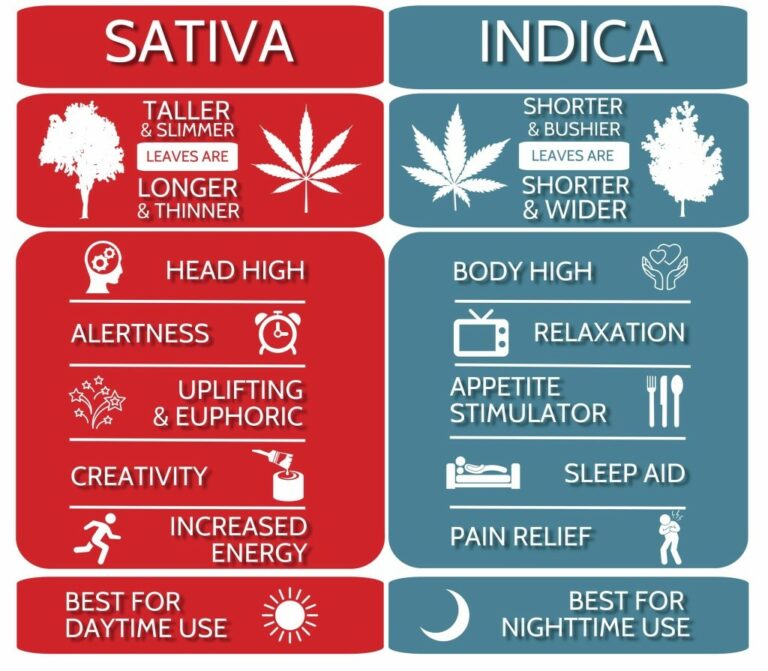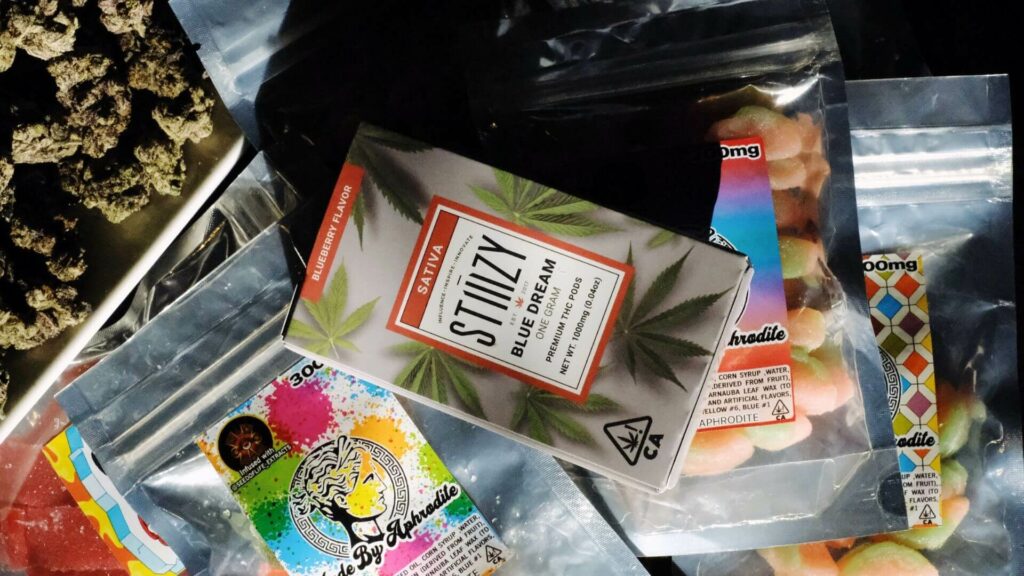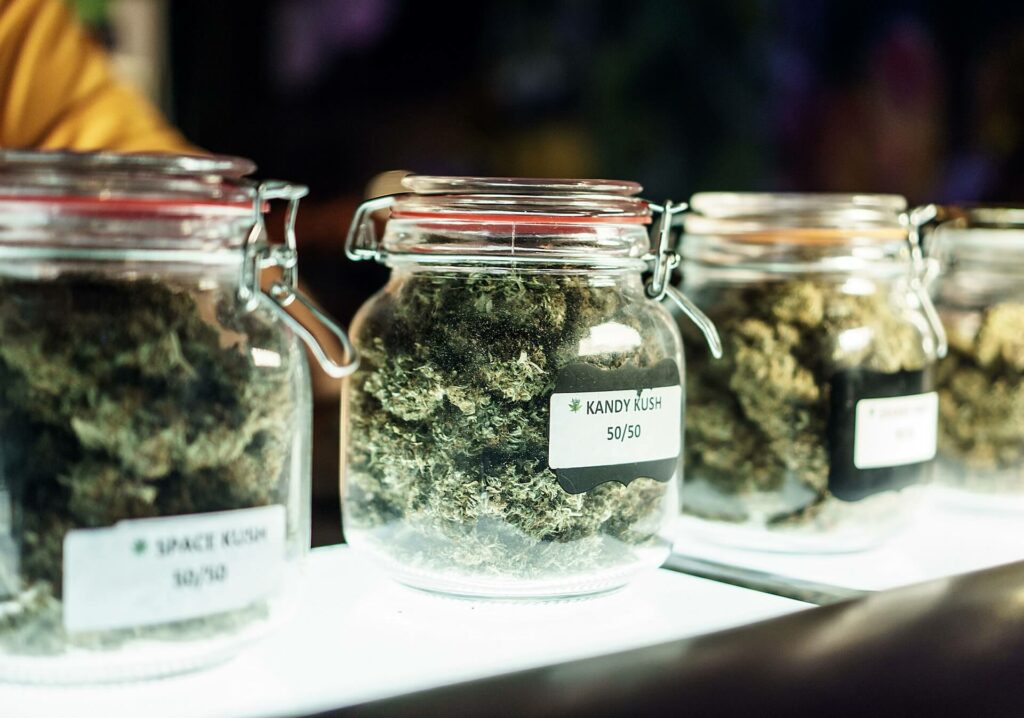Not to be that guy, but could it be true that you’ve been buying weed wrong this whole time? With so many options on the dispensary shelves, most buyers narrow it down to a few parameters: high vs. low THC, Indica vs. Sativa, high CBD or low CBD, or simply price.
But is there more to it? You might want to rethink things seriously.
• 8 Incredible Pipes That Are True Works of Art
• Get your Medical Marijuana Card Without Ever Leaving the House
• What It’s Like Buying Weed in the World’s Biggest Cannabis Dispensary
The Higher the THC, the Better the Weed?
The THC % on any given strain is typically placed front and center on the packaging at dispensaries. This is one of the easiest, most straightforward parameters to judge weed on and set its price. A dispensary that stocks weed that is more than 25 or even 30 percent THC can easily charge more than they would for a 15-20% THC strain that could get you just as high.
According to one recent study, if your buying philosophy is “the highest THC strain I can get,” you might want to rethink things. According to the study published in JAMA Psychiatry in June, high-THC cannabis concentrates boost the level of THC in your blood – but they don’t necessarily make you higher.
According to the researchers, the participants who used flower and those who used concentrates “showed similar neurobehavioral patterns after acute cannabis use,” and regardless of the strength of the cannabis tested, short-term measures of impairment showed no difference relative to the strength of the weed.

More THC doesn’t necessarily mean you’ll feel higher. (Photo: Roxana Gonzalez Leyva/123rf)
In other words, the higher THC herb or concentrates didn’t necessarily get them higher.
This is no surprise to Mara Gordon, the co-founder of California-based Aunt Zelda’s, which produces a wide variety of cannabis-based medicines. According to Gordon, relying on the THC level is a mistake, considering the complexity of cannabis.
“When you have a plant with approximately 500 components in it, and you talk about just one of them, it’s just silly.”
Gordon said that when she produces cannabis-based medicine, she considers multiple factors when choosing which strain to use, and the level of THC is only one of them.
“I’m looking at various things, I need to see the terpene profile that I’m looking for,” Gordon said, adding that while a higher % THC strain would mean she can produce more medicine per pound of flower, the terpene and flavonoids profiles can play a much more significant role in how effective the medicine is.
Make Mine an Indica (or a Sativa, I’m not sure I can tell anyway)
If you’ve spent five minutes as a weed smoker in the last decade or two, then there are two words you have heard: India and Sativa. Most strains are divided into these two categories, which are meant, among other things, to signify the effects they have on the user.
Sativas are generally referred to as daytime strains that produce a more uplifting and cerebral high. In contrast, Indicas are for the end of the day and have that tranquilizing “couch-lock” sensation.
For countless cannabis consumers, this distinction is the driving motivator behind their weed purchase and can shape their entire perception of the effectiveness of a particular strain.
The problem, though? There is no scientific evidence that supports this perception of the plants.

According to Dr. Ethan Russo, an expert on the human endocannabinoid system, “there are biochemically distinct strains of medical marijuana, but the Sativa/Indica distinction as commonly applied in the lay literature is total nonsense and an exercise in futility.”
The only actual difference between the two plants is how they grow. Sativas tend to grow tall, with long and narrow leaves and fewer branches, while Indicas grow short and bushy, with broad leaves. In addition, it’s impossible to know if a certain strain is 100% a Sativa or an Indica, and the overwhelming majority of strains on the market today are hybrids of the two.
On top of that, every single autoflower plant also has some Ruderalis genes mixed in to trigger the flowering process at a certain age.
The “Hey, this Wine has a Really Cool Bottle” School of Weed Selection
We’ve all been in a liquor store buying a bottle for a party (including a party of one) and have faced the same dilemma – countless bottles at the same price, but which one to pick? Unless you’re a sommelier, you’ll either ask the clerk for some advice or a recommendation or go with the time-honored method of “this one has a really cool bottle.”
There’s a similar dynamic in the cannabis industry, where a good celebrity partnership and solid packaging can make one brand stick out on the shelf more than another, even if consumers don’t rate this as the most crucial factor for them.

Like any other product, cool packaging doesn’t make the contents better. (Photo: Mike Von on Unsplash)
Another factor is the name, with certain strains like Wedding Cake, Blue Dream, or Strawberry Cough having names destined to fly off the shelf quicker than strains like Cat Piss, Meat Breath, Abusive OG, or Chernobyl.
In certain cases, such as Sour Diesel, the name can tell us something about the taste or smell. Or if it has purple in the name, it can tell us something about the color (it should be…purple). Usually, though, these tell us nothing about the effects of the strain itself, so look closer or ask for a budtender recommendation.
The Price is Right
Other than the THC level, the primary purchase motivator for cannabis consumers is the price. And with the economic downturn we have going on right now, it makes sense to go for quantity over quality or just let the price tag guide you.
This isn’t a right or wrong consideration. If you have a specific budget for cannabis, it makes sense to let that guide you. And since the price can often be arbitrary and based on factors like THC level or celebrity branding, which have little impact on the potency, a lower price shouldn’t make you think that a strain won’t get the job done. The inverse is also true – just because a specific strain is more expensive doesn’t mean it will work better for you.
Our advice? Figure out your budget for weed, see which strains fit you, and then compare and contrast how they look and smell and get a second opinion from a budtender or friend.
How to Be a Better Weed Customer
Buying, smoking, or gazing upon weed can be a deeply sensory experience.
Premium cannabis should have striking colors and be dusted with trichomes — and the more, the merrier. It should also have a strong, pungent, yet pleasant aroma. It should make you want to cram your nose into the jar and leave it there for a minute.
For the feel of the cannabis, it’s something of a balancing act — and if it’s either too dry or too moist, you should probably steer clear. The buds should be a little sticky but still easy enough to break up when you want to roll a joint.
When you’re looking to try out a new strain, look past the THC level, the packaging, and the price, and focus on these sensory indicators, and you should get a better idea of what the strain has in store for you.

Most dispensaries across the US still cling to the Sativa/Indica myth, but times are changing. (Photo: Brandon Crawford/123rf)
Very few people buy strains based on cannabidiol (CBD) level unless they have a particular health reason for doing so. If you are looking for a strain that relieves pain or reduces inflammation (among other effects), you can consider the level of CBD in the strain. And if this is more important to you than how intoxicating the strain is, you could go for a high CBD, low THC strain from the get-go.
These days, most companies will print at least part of the strain’s terpene profile on the packaging. Different terpenes can have different effects, and the terpene profile of a strain can have a significant impact on its smell and taste, as well as its effects.
For instance, the terpene Myrcene, which many users say can reduce pain and increase relaxation, or limonene, provides strains with their citrusy flavor and produces a stimulating sensation.
In short, once you know which types of terpenes can affect you in which way, then you can let the terpene profile guide you to the right strain.
Conclusion
Ultimately, keep in mind that there is little to no scientific evidence that a specific level of THC will work better than a lower or higher one or that an Indica or Sativa will make you feel a certain way. Like so many other things, it’s mostly something we wrongly learned at some point and just stuck with it.
But despite these myths stubbornly sticking around, these parameters typically tell us close to nothing about how the strain will affect you or how good it will work for your purpose. It’s a combination of word of mouth and trial and error. Speak to friends or your friendly neighborhood budtender about what high you’re looking for and which strains they recommend.
Then try it out and see if it works for you. The worst-case scenario? You get to try a lot of weed before hitting that sweet spot.

Sorry, but YOU’RE wrong when you say that the sativa/indica paradigm is wrong or nonsense.
When I have the rare pleasure of vaping something that is all or largely sativa like a Haze or a Laotian landrace, it is racy, cerebral, and gets me as chatty and wired as a double espresso. Conversely, every time, and I mean EVERY time I vape anything that is an indica or even a hybrid with as little as 25% indica, it completely lacks that racy, psychedelic feel and is dull and mostly body high and makes me pass out in my chair.
So no, there is a very real difference. The real problem (in the US) is that you can’t ever get true all-sativa strains commercially, because no one wants to grow them as they take 12-18 weeks to flower as opposed to the 8 weeks of indica and hybrid strains.